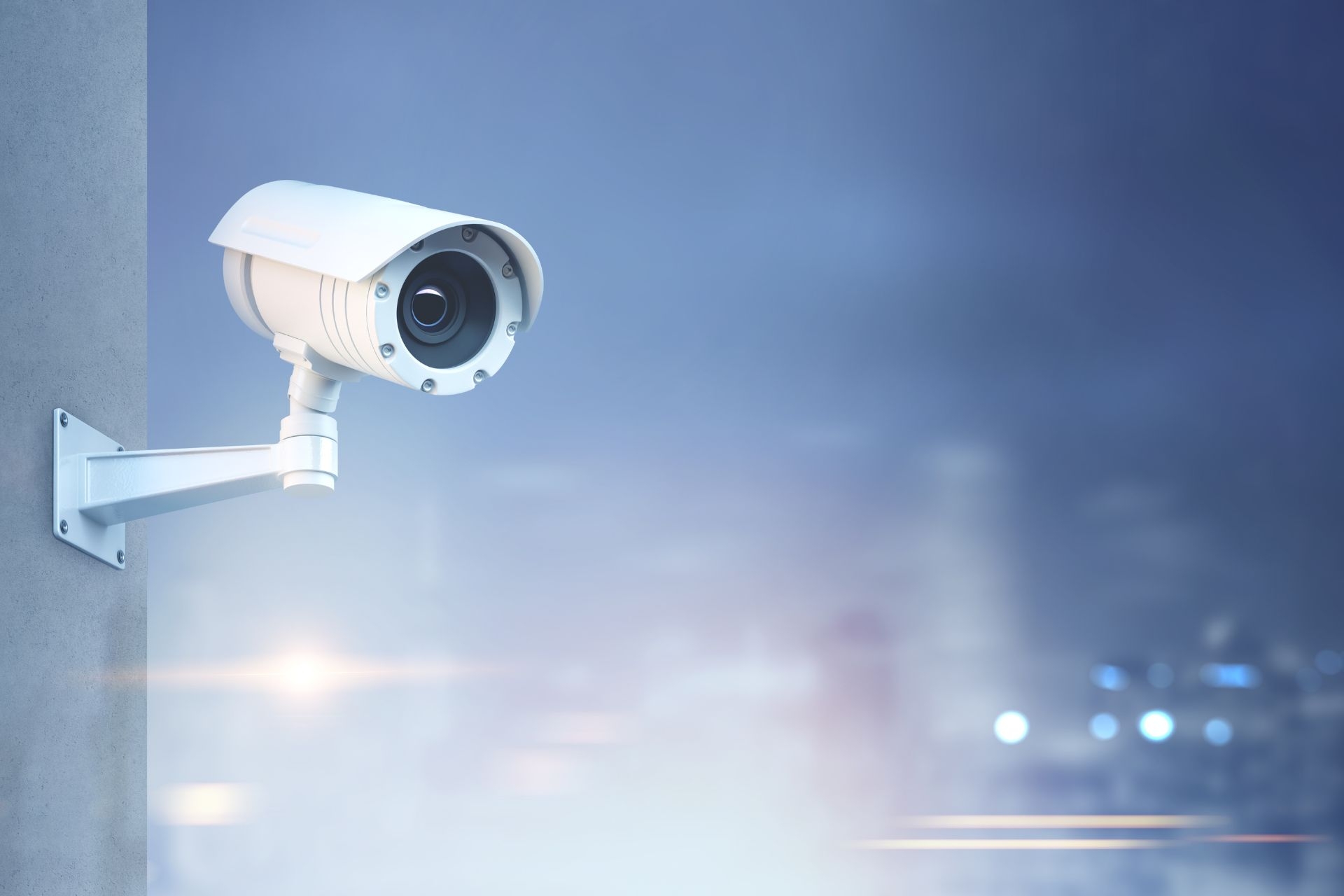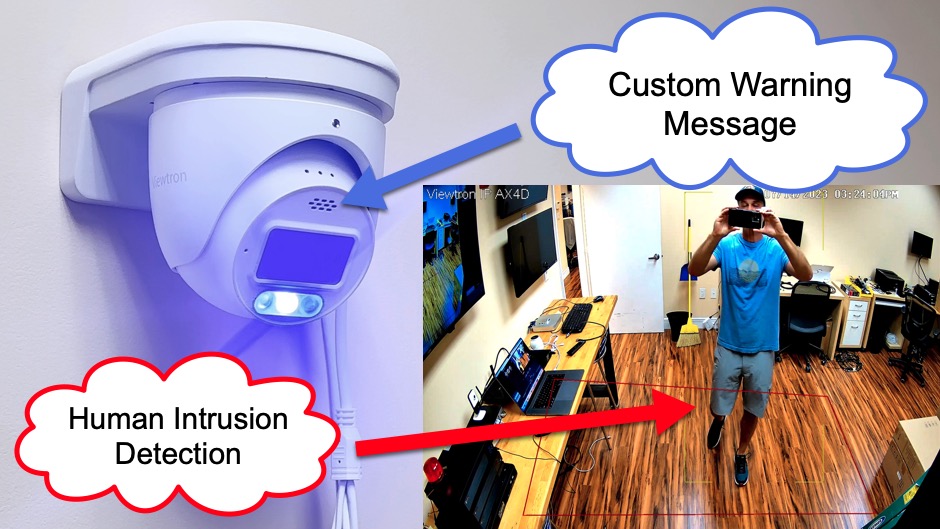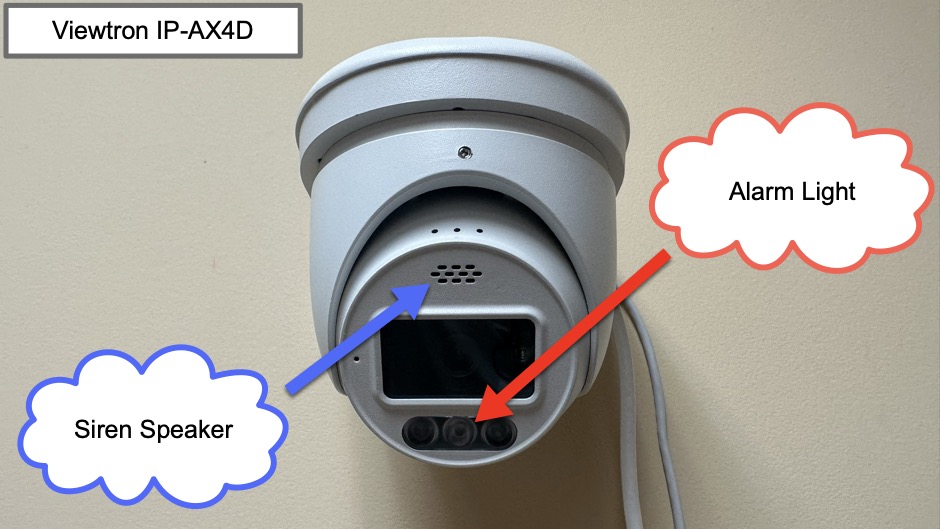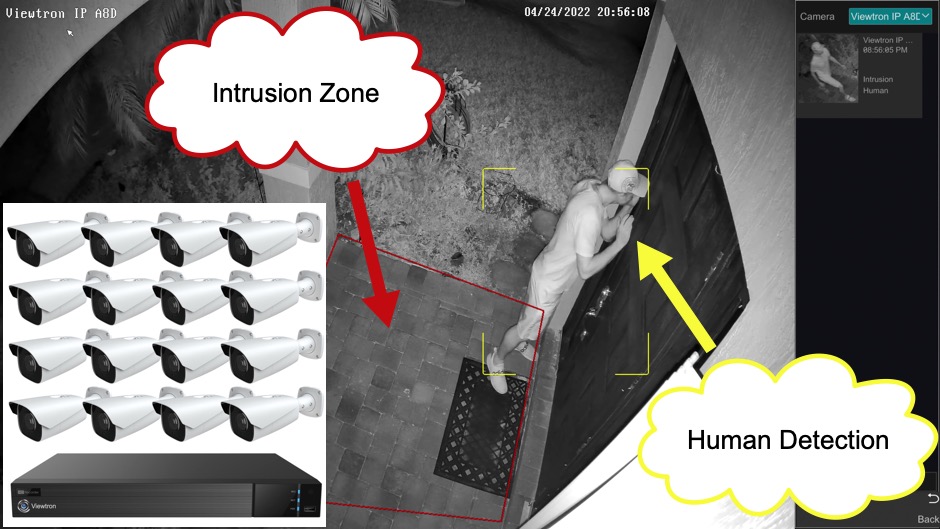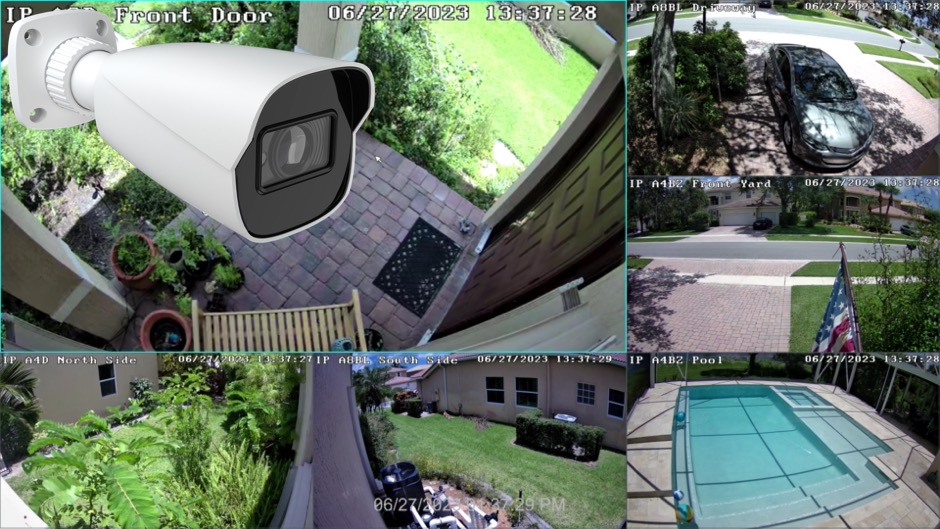Intrusion Detection Sensors
How do intrusion detection sensors differentiate between normal network traffic and potential threats?
Intrusion detection sensors differentiate between normal network traffic and potential threats by analyzing patterns, behaviors, and anomalies in the data packets passing through the network. These sensors use a variety of detection methods such as signature-based detection, anomaly-based detection, and behavior-based detection to identify suspicious activities. Signature-based detection compares network traffic against a database of known attack signatures, while anomaly-based detection looks for deviations from normal behavior. Behavior-based detection monitors the behavior of users and devices to detect any unusual activities that may indicate a security breach.
Outdoor Commercial Security Camera Installation Equipment and Strategies
